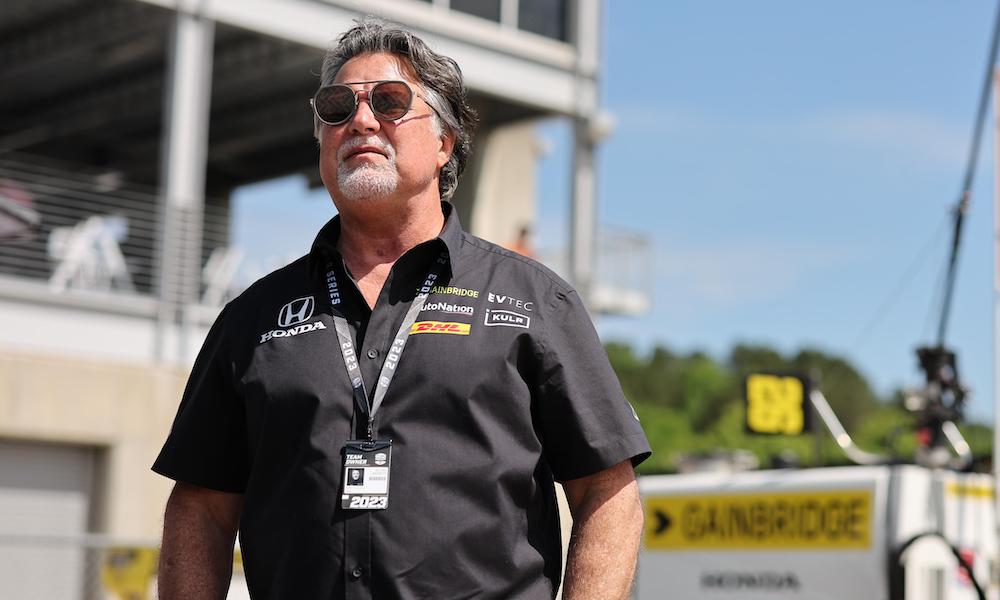
Have you ever gone for a job interview and then the screen time on your phone or laptop has gone through the roof from endlessly refreshing email inboxes, or checking to make sure a message or call hasn’t been missed? Especially as there’s rarely a hard deadline for when you hear back. The wait can be torture.
Well, there must be a really strange waiting game going on at various motorsport facilities around the world in a similar vein at the moment, as the FIA deliberates on whether it deems any of the applicants to join the Formula 1 grid to be worthy of its approval.
I suppose at this stage it’s more like waiting to find out if you’ve got a second interview rather than the job itself, because even if the FIA approves a team, F1 then has to then make its own decision from a commercial standpoint. And that second interview is sounding more and more like it will be with a boss who doesn’t want to hire anyone in the first place.
But at this point of proceedings, that actually bodes well for the wannabe constructors.
As I’ve written in the past, Michael Andretti was not winning many friends in the paddock (of the kind he needed to win over, anyway) by voicing his frustration at the opposition he felt he was facing with the Andretti Cadillac entry. He’s been heeding F1’s advice to limit his comments in recent months, but he doesn’t appear to be the only one doing so.
Of the other teams that have made their intentions to join the grid known – Hitech, Panthera, Formula Equal and Lky Sunz – there is very little meat on the bones from a public point of view. But you just hear whispers and learn bits of knowledge here and there that lead to it being possible to make an educated guess regarding who’s well-placed and who isn’t.
And as the teams wait for the FIA to pass judgement, it’s certainly feeling like Andretti Cadillac and Hitech are the most likely to be successful with their applications.
That’s not to say there’s no chance for the others, or that there aren’t unknown names that had thrown their hats in the ring too, but the existing infrastructures, significant hires and investments already made have shown the commitment and ability of those two. Those are far from the only requirements of course, but both are understood to have delivered significant dossiers of their plans (and by significant, we’re talking hundreds of pages).